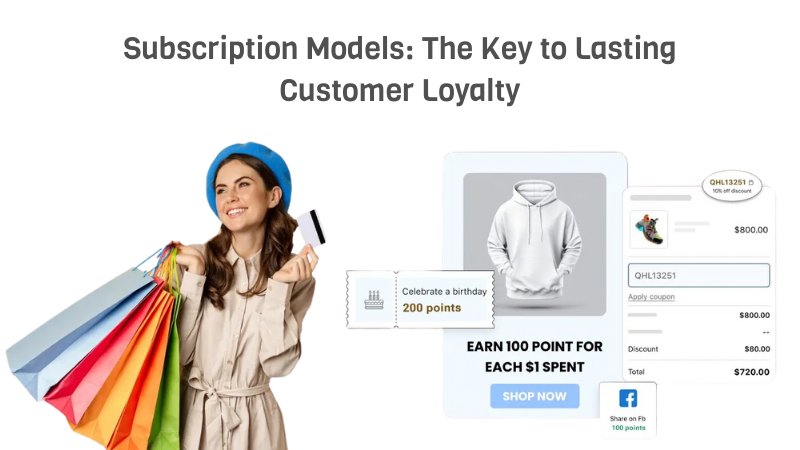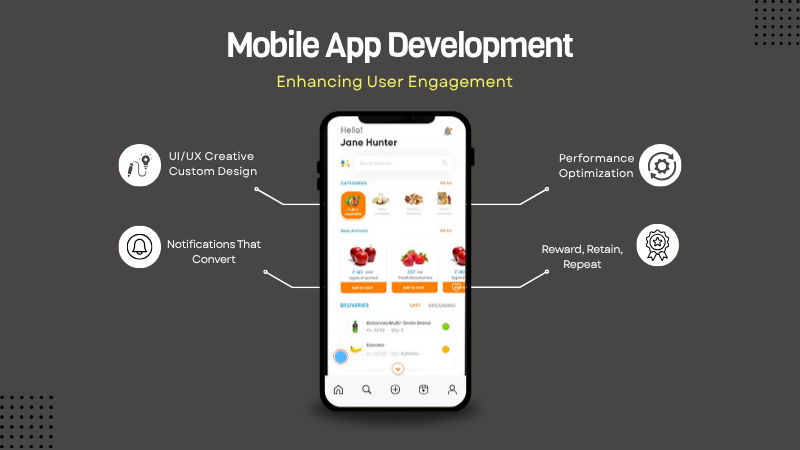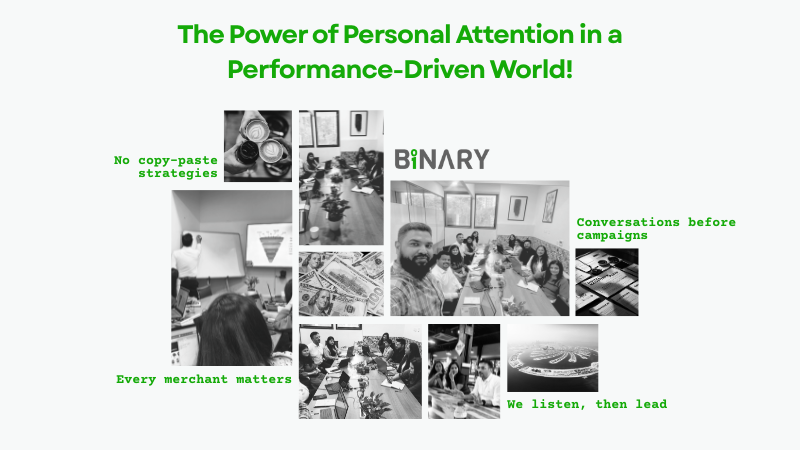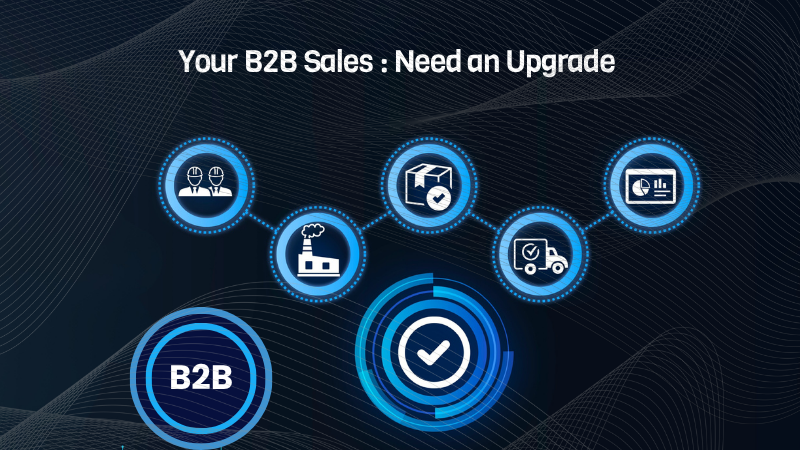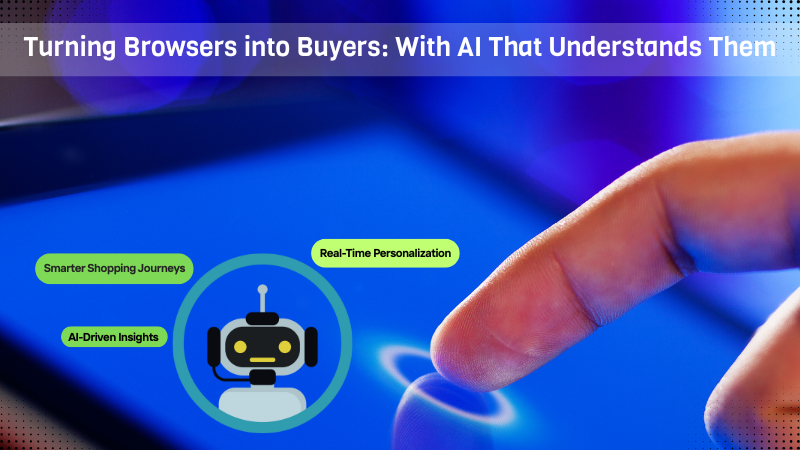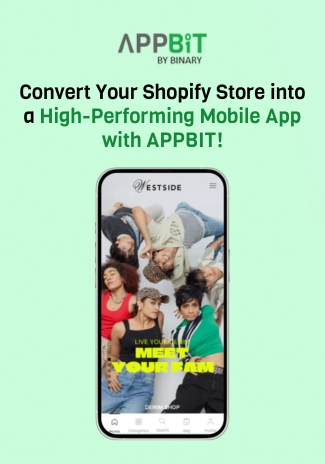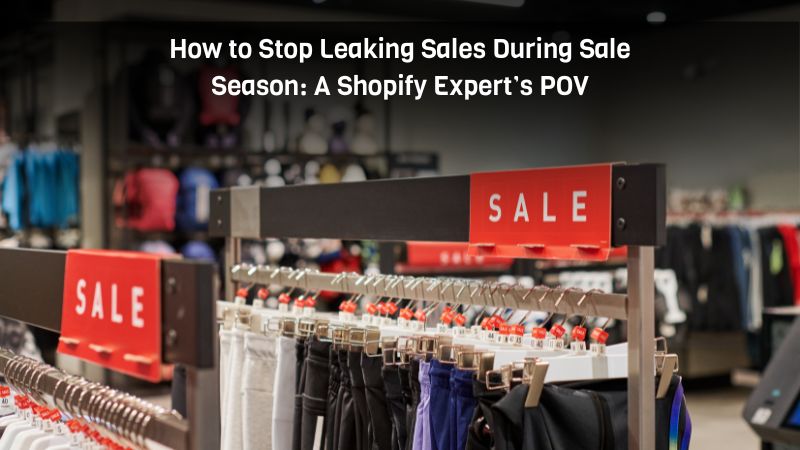Imagine this: You walk into your favourite coffee shop, and instead of paying per cup, you have a membership that guarantees you a fresh brew every morning—no extra cost, no hassle. Would you ever consider switching to another shop? Probably not. That’s the magic of a subscription model.
In today’s fast-moving e-commerce world, brands are constantly chasing new customers, but what drives sustainable growth? Loyalty. And nothing builds loyalty better than a well-structured subscription model.
The Power of Predictability
Consumers love convenience, and brands love predictability. A subscription model ensures that customers receive products or services regularly without the need for repeated purchasing decisions. This reduces friction, making it effortless for customers to stay engaged with the brand.
For businesses, this means steady revenue streams, better inventory management, and lower acquisition costs—since retaining an existing subscriber is far cheaper than acquiring a new one.
Why Do Consumers Stick to Subscriptions?
- Personalisation & Exclusivity – The best subscription models don’t just deliver products; they deliver personalised experiences. Brands like Stitch Fix and Birchbox tailor their offerings based on user preferences, making customers feel valued and understood.
- Convenience & Habit Formation – Subscriptions remove the need for repeat decision-making. Whether it’s Netflix, Amazon’s Subscribe & Save, or Dollar Shave Club, these services integrate seamlessly into daily life, becoming a habit customers don’t want to break.
- Perceived Value Over Time – A customer subscribing to a meal kit service like HelloFresh doesn’t just pay for food—they pay for the saved time, reduced grocery trips, and the excitement of discovering new recipes.
The Business Advantage: From Customers to Community
Brands that embrace subscriptions don’t just gain customers—they build communities. For instance, Apple’s iCloud storage and Adobe’s Creative Cloud have successfully implemented this model. These brands have evolved from selling products to offering memberships, locking in long-term loyalty.
Additionally, subscribers are more likely to engage with a brand’s ecosystem—whether through referral programs, exclusive perks, or social engagement—turning them into brand advocates.
The Future of E-Commerce: Subscription-First Mindset
The rise of AI, data analytics, and hyper – personalisation will make subscriptions even smarter. Brands will anticipate needs before customers even realise them, offering replenishment, upgrades, and tailored recommendations in ways never seen before.
Should Your Brand Adopt a Subscription Model?
Not every business needs one, but if your product is consumable, experience-based, or upgradeable, a subscription model might be your golden ticket to long-term retention.
- If you sell essentials (like coffee, vitamins, pet food) – A replenishment model keeps customers hooked.
- If you offer exclusive content or software – A membership-based model can maximise engagement.
- If you’re in fashion or beauty – Subscription boxes create excitement and ongoing engagement.
Final Thought: Relationships Over Transactions
At its core, a subscription model isn’t just a sales tactic—it’s a relationship strategy. The brands that win in e-commerce are the ones that don’t just sell products but create an experience that customers never want to leave.
So, ask yourself: Is your business set up to build lasting relationships, or are you still chasing one-time sales? The future of retention is subscription-driven—and the brands that get it right will own the game.
Want to explore how a subscription model can transform your brand? Let’s talk.


